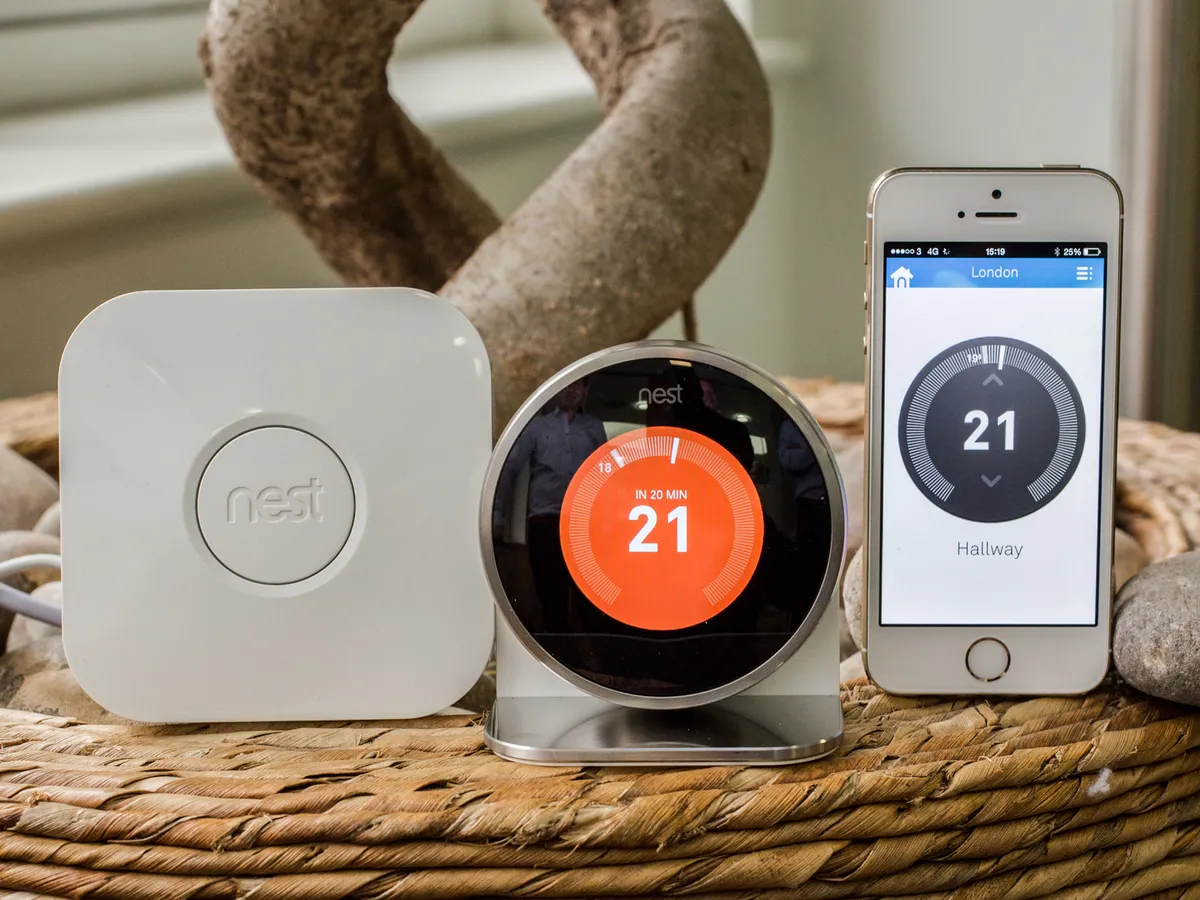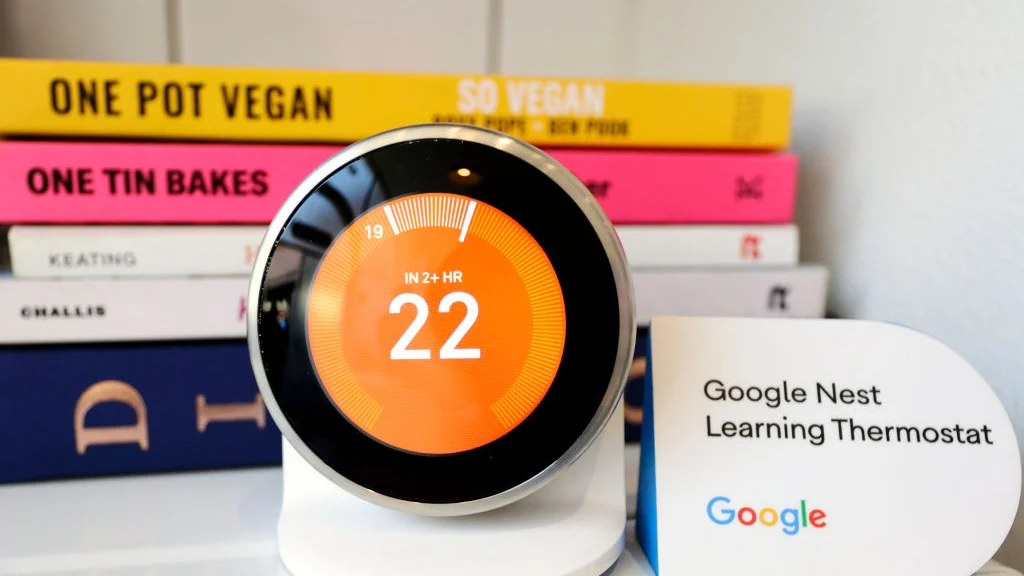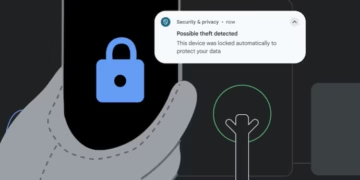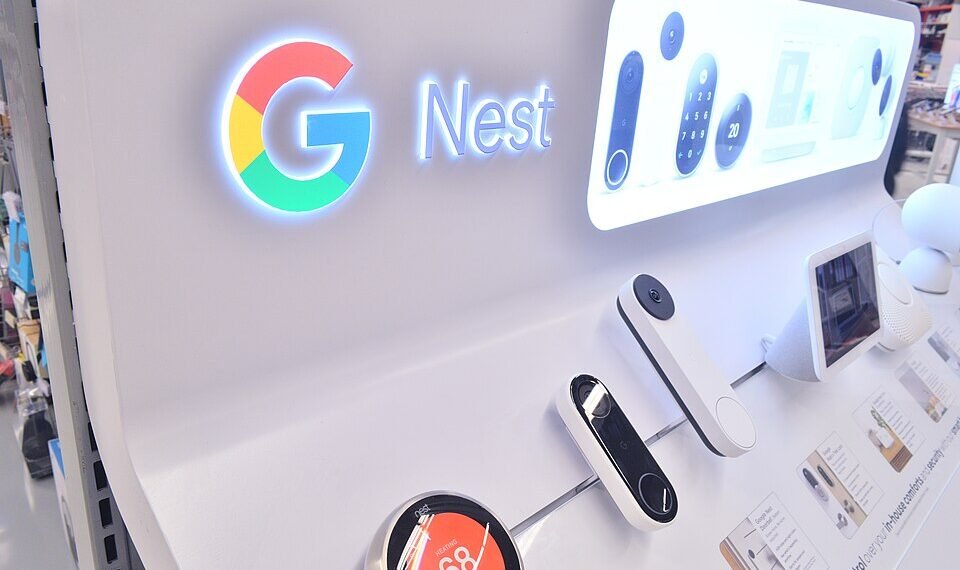Overview

In October, the Nest Thermostat, which kind of kicked off the whole smart home climate control craze, is headed for a big shift in support and where you can buy it. The original model that dropped 14 years ago, and the second-generation versions after it, won’t get software updates past October 25th.
After that, some unique features will disappear. Folks using these early models will lose the option to change their home’s temperature from their mobile app or through Google Home with voice control.
But you can still walk up to the device and tweak the settings or mess with the schedule, so it’s not a total brick. That’s at least something, right?

Google’s been running the Nest Thermostat show ever since it bought the brand in 2014. Since then, they’ve kept rolling out new stuff for home heating and cooling—what the industry folks call HVAC.
They say newer models will actually get some practical upgrades before the year wraps up. For instance, you’ll finally be able to set schedules through the Google Home app, which honestly should’ve been there sooner.
One feature that’s getting the axe is Home/Away Assist. It’s the clever bit that uses your phone’s location to adjust the heat pump or whatever HVAC system you’ve got, so your place stays comfy when you’re around and saves energy when you’re not.
The fallout isn’t the same everywhere. Over in the EU, Google’s just stepping away from the smart thermostat market altogether.
Europe’s a patchwork of heating systems, each with its own quirks and requirements, and Google’s decided it’s not worth the hassle to keep up. They won’t launch new Nest thermostats in Europe anymore.
So, local companies that know the ins and outs of European heating tech will probably step in to fill the gap. If you’re in Europe, you can still find the Nest Learning Thermostat (3rd gen) and Nest Thermostat E (2018) here and there, but only until stores run out.
Google’s tossing out some transition deals in both the US and Europe. US buyers get a discount on the fourth-gen Nest Learning Thermostat, which is a nice price drop.
Meanwhile, Europeans can snag the Tado Smart Thermostat X Starter Kit at a hefty discount. The original Nest Learning Thermostat always looked slick and was easy to use—it definitely helped push the smart home market forward.
If you’re hanging onto a current model, you still get the full warranty and easy installation, so there’s that. But yeah, it’s probably time to start eyeing what other brands are up to, since Google’s early Nest thermostats are bowing out.
Frequently Asked Questions

What options are available for customers in Europe now that Nest Thermostat is no longer sold?
With Nest Thermostat sales ending in Europe, folks can check out other smart thermostats like Ecobee, Tado, or Honeywell. These brands offer features like app control, energy efficiency tracking, and they usually play nice with most smart home ecosystems.
How will existing Nest Thermostat owners in Europe be impacted by the loss of support?
People using older Nest Thermostat models might run into trouble once Google shuts down software updates, app connections, and support. That could mess with how the device works and make it tough to use with apps like Google Home or the Google Nest app.
Can Nest Thermostats still function in Europe without technical support?
You can still use the thermostat for basic heating and cooling, even without support. But things like remote management and updates probably won’t work anymore, which limits what you can do with it in a smart home setup.
Will Google compensate European customers through refunds or discounts?
Google’s apparently giving discounts on replacement thermostats to help people switch from unsupported models. It’s not a refund, but it does take a little sting out of having to upgrade.
How does the end of sales and support affect smart home compatibility for European users?

Since the Nest Thermostat won’t be part of Google’s supported lineup, it could break connections with other Google-powered smart home gear. Users might need to look at third-party products if they want to keep their smart home running smoothly.
Are there potential security risks for European owners of unsupported Nest Thermostats?
Without regular software updates, Nest Thermostats might end up exposed to cyberattacks or just plain old malfunctions. It’s not ideal, to put it mildly.
If you own one, you should probably get in the habit of checking your router settings and keeping an eye on what your device is up to. Honestly, it’s better than nothing.














































